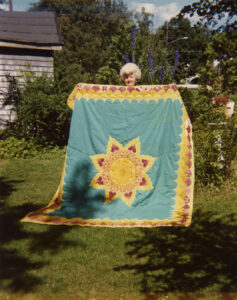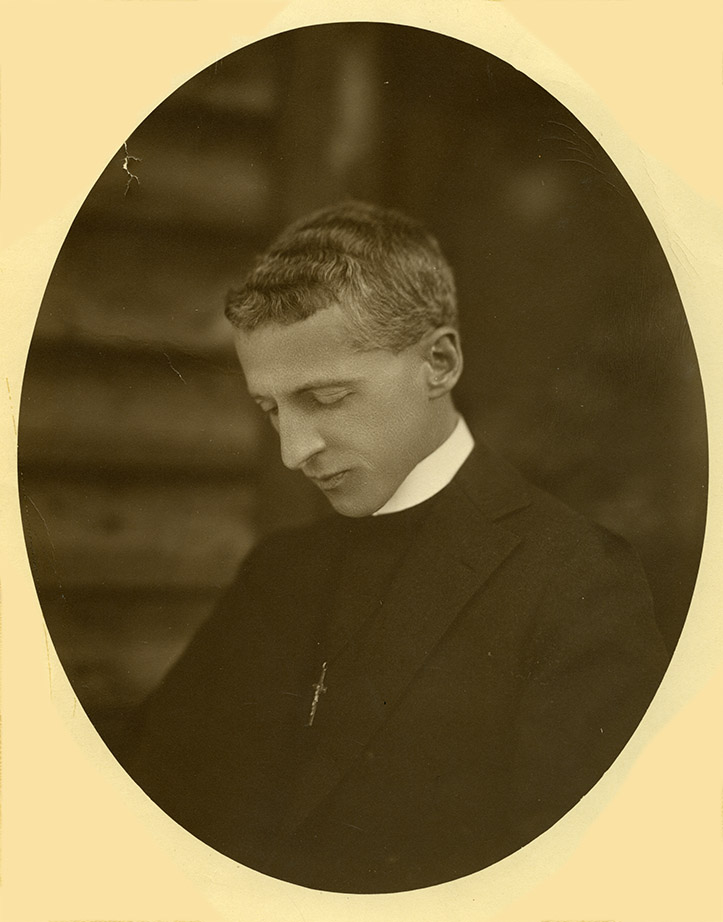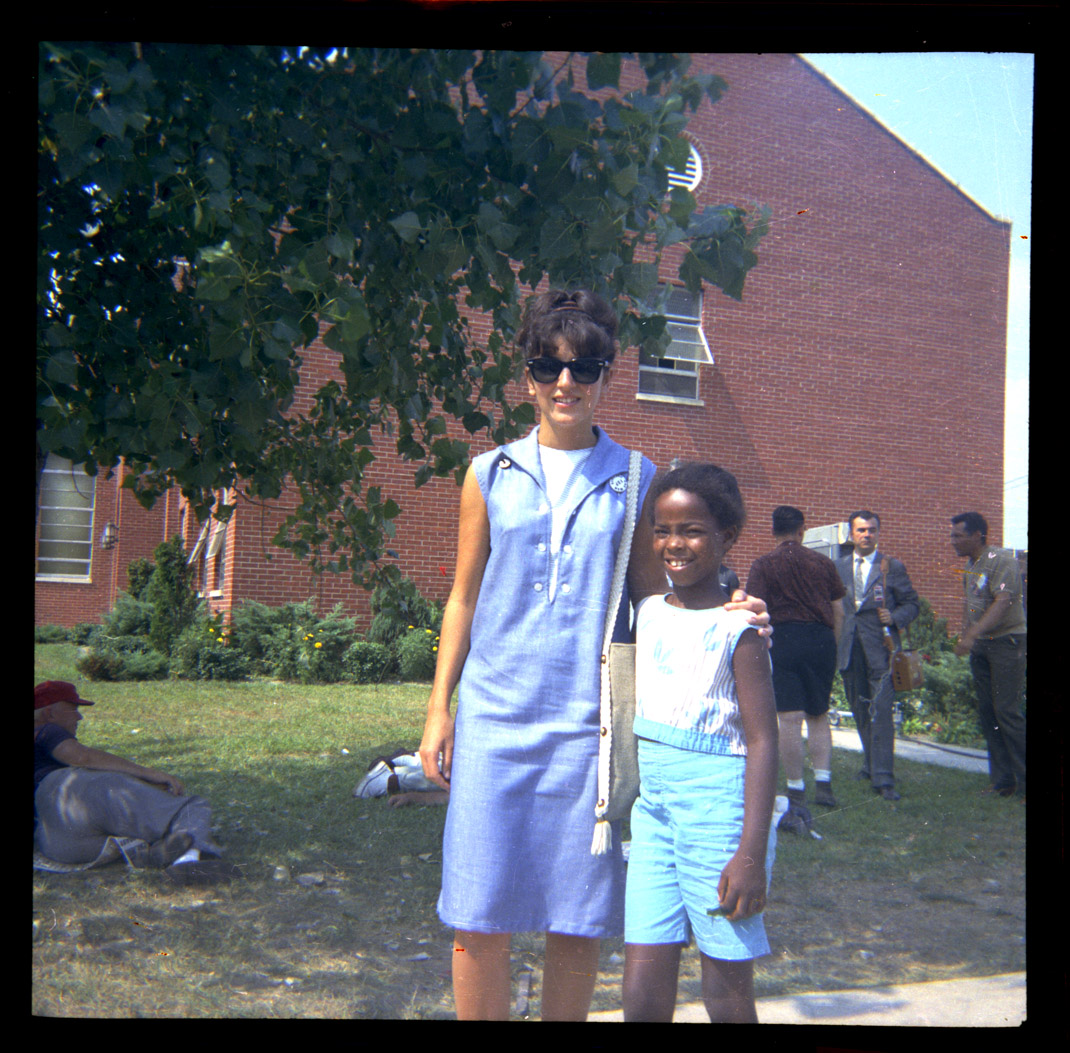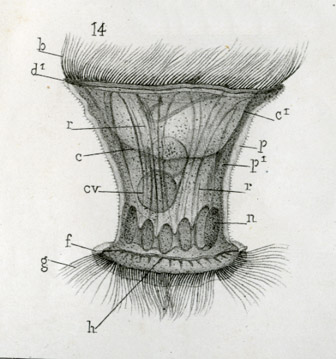Charles F. Clagg Photograph Collection
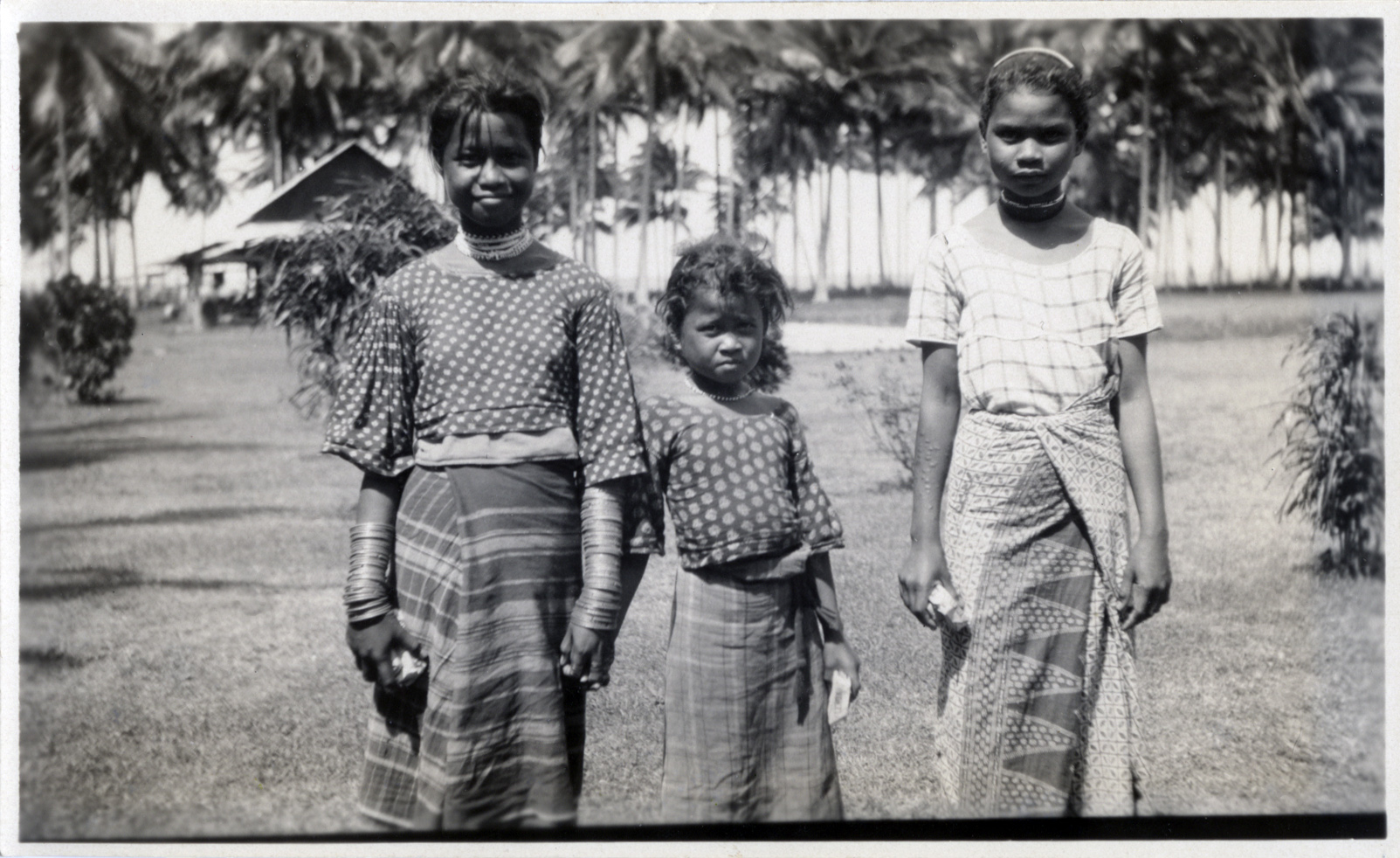
The entomologist Charles F. Clagg was born in Barnstable, Mass., in 1904 and received his bachelor of science degree from the Massachusetts Agricultural College in 1927. Although never able to complete his graduate degree, Clagg enjoyed a long and productive career in entomology. Listed as a graduate student at MAC in 1929-1930, Clagg took part in an extensive collecting trip to the Philippines in 1930 and 1931. Beginning in June 1930 near Calian in Davao del Sur (Mindanao), Clagg spent several months collecting flies in and around the active Mount Apo volcano, in the Lawa and Calian river valleys, and in the Lalun mountains, traveling to the eastern peninsula of Davao early in 1931. He remained in the Pacific region later in his career, working as an entomologist for the U.S. Navy.
The twenty photographs taken by Charles F. Clagg in 1930 document his entomological collecting trip to Davao, Mindanao, in the Philippines. Primarily personal in nature, rather than professional, they were taken on Clagg’s visit to a coconut plantation run by American expatriates Henry and George Pahl and illustrate the local sights in Davao, including work in harvesting coconuts and the production of copra, the production of Manilla hemp, a horse fight at Calian, and Manobos who came to the plantation trade. Also included are three photographs of Clagg’s quarters while collecting high in the Lalun Mountains. The captions provided by Clagg on the back of each photograph have been transcribed verbatim.


